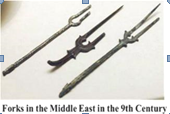题目内容
如果你不考虑你的未来,你就不会拥有它。
If you don't ________ ________ your future, you won't have it.
 王后雄学案教材完全解读系列答案
王后雄学案教材完全解读系列答案 海淀课时新作业金榜卷系列答案
海淀课时新作业金榜卷系列答案在英语课上,同学们就自己喜欢的旅游方式展开了讨论。请你根据下表内容,用英语写一篇短文,汇报讨论结果,并谈谈自己的想法。
团队旅游 | 有导游,不会迷路 |
不必自己找旅馆 | |
结识朋友,相互帮助 | |
个人旅游 | 自由安排时间 |
选择自己喜欢的旅游景点 | |
学会照顾自己 | |
你的想法 | …… |
注意:1. 文章必须包括表中全部内容可适当增加细节;
2. 想法至少在两句以上;
3. 词数为80一100,开头已给出,不计入总词数。
参考词汇:团队旅游travel with a group;一个人旅游travel alone;安排arrange
Recently, we have discussed the ways to go travelling. Here is the result.
Some students choose to travel with a group. ____________________________________________________________________________________________________________________________________________________________________________________________________________________________________________________________________________________________________________________________________________________________________________________________________________________________________



